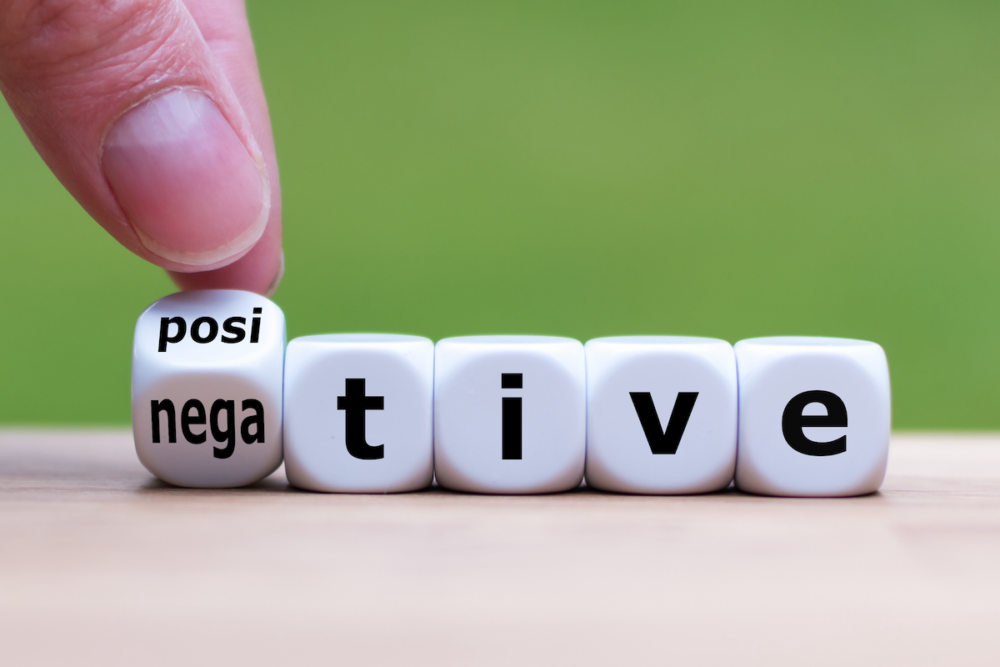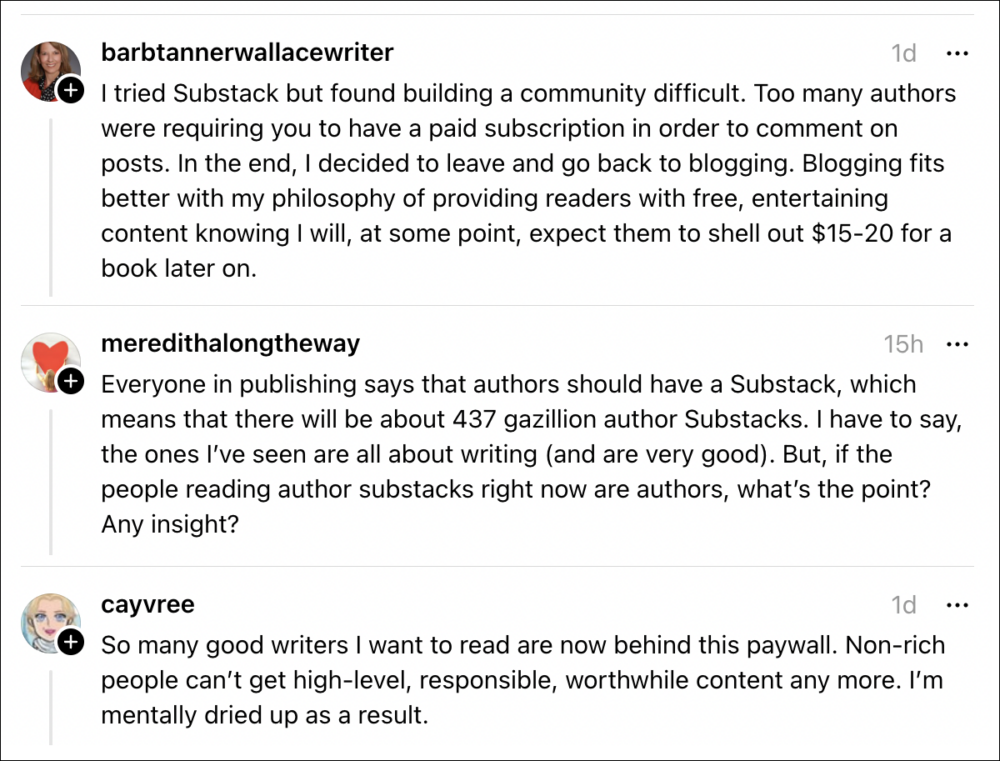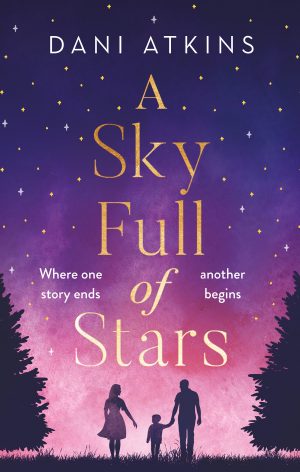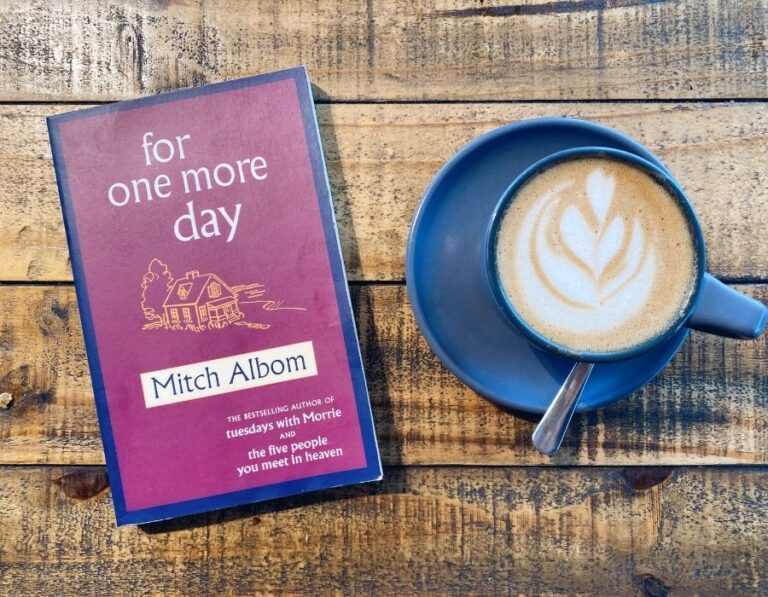
I have been trying to convince writers of the value of a consistent email newsletter for more than a decade. Recently I dug up a 2014 presentation I gave at the James River Writers Conference, where the first slide says, “Email is not dead.” After that slide, I quoted novelist Dana Stabenow, who gave an inspirational talk where she couldn’t resist offering a practical tip at the end:
“Remember this if you remember nothing else from my speech tonight. It turns out that an active buy link in a newsletter targeted at people who really want to get it is the most effective means of selling your book.”
She’s 100% right. But that message is ironically harder than ever to get across in the era of Substack.
Substack launched in 2017 and in its early days, I saw it as a fantastic, easy-to-use platform for starting a paid newsletter. At that time, launching a paid newsletter was not straight forward. I know because I started mine (The Hot Sheet) in 2015. My tech stack was Mailchimp + ChargeBee + WordPress, which worked pretty well and cost a fixed fee of roughly $100 per month. The Hot Sheet was profitable from day one, mainly because I already had a blog and free newsletter reaching 20,000 people. Growth for The Hot Sheet has been steady but slow, with about 2,500 paid subscribers after eight years of continuous operation. It now earns six figures annually.
But if you told me I had to choose between keeping my free newsletter (now at ~30,000 subscribers) or the paid one, I’d keep the free one. There are a few reasons for that, but the biggest by far is that my free newsletter is a better marketing and promotion vehicle than the paid one. The free newsletters make people aware of a million other things I do that earn me (more) money. And the visibility it lends me has been superlative and ongoing since 2009. I feel confident that my free newsletter will not stop publishing until I retire from writing and publishing. Even then, I might still continue it. I actually enjoy doing it, which is part of the secret to most successful and sustainable newsletters.
Substack can confuse authors about the most important purpose of the email newsletter
Newsletters remain the best way to directly reach your readers and biggest fans. It helps you be less dependent on publishers, agents, retailers, bookstores, or anyone else to reach readers who enjoy your work. Your email newsletter ideally starts and grows as you become visible to readers and the larger world—because you’re publishing articles and essays, because you’re publishing books, because you’re speaking at events, because you’re active on social media, because people are recommending your work.
If you start an email newsletter to stay in touch with people who’ve read your work, then it’s no great mystery what goes in the newsletter. Generally, it’s news about your work! It offers updates about what you’re working on or anything new you’ve published, listings of events or opportunities to interact, behind the scenes of your writing life, notes about other authors you read or enjoy, and so on. Children’s author Meg Medina has a newsletter like this, as do many published authors.
If you’re an unpublished, unknown writer who has no work available, and no existing readership, could you benefit from and grow a newsletter—on Substack or elsewhere? Absolutely. If that describes you, it likely puts you in the role of “creator.” You have to figure out what you’re going to write, curate, recommend, or offer that’s of value to someone who is a total stranger to you (that is: someone who is not a reader and not an existing fan). In this sense, deciding to launch a Substack is no different than deciding you’ll blog, start a podcast, begin a YouTube channel, or make TikTok videos. You’re going to spend some serious time developing original content to attract an audience.
Some writers do this because they think it will build them a platform that will land a book deal. Maybe it will, maybe it won’t. But I can guarantee one thing: starting a Substack that you charge for can easily hamper your platform-building efforts.
Some writers might like the idea of writing and publishing primarily in newsletter form, just like I do. If that describes you, go for it! Substack is a great tool for that, especially if you know you’ll want to monetize the effort at some point in the future. But you need to know what you’re in for.
Substack is part of the creator economy
Substack wants you to be a creator because this is their business model. They’re not like a Mailchimp or ConvertKit or email marketing service provider that charges you a fee for service. They offer you their tools for free, then they make money if you start charging for your newsletter. So every step of the way, Substack will put this idea in your head that you should charge. Or that people will or should or can support your newsletter efforts monetarily. This is not a bad thing if you are indeed pursuing newsletterdom as a creator and you are trying to build an audience who will pay for your work in newsletter form. But…
Getting readers to pay for a newsletter is like playing in master mode
Unknown and unpublished writers will have a hard time getting total strangers to either sign up or pay for their newsletter. Even Substack the company counsels its users to build a solid free offering and not paywall everything. Some of the most successful paid newsletters make a majority of their content available for free—and sometimes the most popular content is always free. That may seem counterintuitive—shouldn’t the popular content be behind the paywall? No, it’s the popular content that gets read and shared by people who don’t pay, but might decide to transition to paid once they’re exposed to your writing or value. The people who can be convinced to pay typically want the more granular thing you offer, the more obsessive thing you offer, the more exclusive part of your content. Consider a demand curve like this:

There will always be more freeloaders than people willing to pay. The percentage of people who pay is typically around 1–5% of the people who read you for free.
Where things get complicated: Substack has a built-in social network and recommendation engine
Today Substack has become immensely popular because when you write and publish on their platform, it’s more visible and discoverable than your average email newsletter. There’s a web-based version that people can comment on, share, and recommend. Substack also encourages each newsletter writer to recommend other newsletters as part of their sign-up process and profile. Sometimes I refer to Substack as the new, more connected era of blogging—it operates like a blogging tool that collects email addresses and delivers emails for you. But there’s more.
In April 2023, Substack launched Notes, which is a Twitter-like interface laid on top of the whole enterprise. So now you have a community of readers and writers visible to each other and commenting and recommending each other’s Substacks. And based on the reports I see and hear from numerous users, this social network, combined with the built-in recommendations system, leads to faster growth in newsletter subscribers.
If you’re able to achieve this boost, there’s little downside in taking advantage of the network effects if you don’t already have and maintain a newsletter elsewhere. (And yes, plenty of people have switched over to Substack from Mailchimp or similar, both to avoid the fees associated with email marketing providers and to get the added growth and to create paid offerings.)
I’ve also seen writers jump on the Substack bandwagon because they feel platform-building pressure or they don’t want to get “left behind.” And it’s true: there is a very active writing and publishing community on Substack. If you look at my Substack profile, you can see that I subscribe to and read more than 100 publications there. Lots of literary agents, editors, marketers, publicists and well-known journalists use Substack.
But here’s what concerns me: the value of a straightforward, free email newsletter is getting overshadowed
Writers who are unpublished or new to platform building will ask me: I can’t gain traction on my Substack. How do I get new readers?
Well, it’s no different than getting people to read your blog, subscribe to your podcast or YouTube channel, or follow you on social media. You have to be providing value or entertainment or something that’s desirable to your target reader. (You also must have some idea of your target readership in the first place!) You need some copywriting skills. You need to write compelling headlines or subject lines. You have to develop a good sense of what gets shared or talked about in online spaces. And obviously this is quite different than writing a novel or a memoir.
Moreover, Substack as a platform-building tool is really best for nonfiction writers. If you’re trying to publish your fiction on Substack, good luck with that.
Writing and publishing on Substack isn’t going to magically lead to a readership without a content strategy behind it. Alternatively, you’ll need built-in platform or visibility that will attract people your way (e.g., George Saunders).
In the long run, I worry that many authors will see the fuss and hype around Substack and decide that email newsletters are overrated. Or if they can’t achieve growth on Substack, they may decide once again that “email is dead.” And the rest of the writers who plow ahead might unfortunately burn out. See these comments I received recently when discussing Substack:

I am not against Substack1, but as usual, I am against the hype surrounding it. By all means experiment and give it a try if it gives you creative energy, and take advantage of its network effects while you can. But you’re not going to miss out if you decide it’s not right for you.
As you become known as an author, or when you publish your first book, I hope you’ll consider establishing a standard and free email newsletter that’s meant to primarily serve your readers, to keep them informed about your work. Because as Stabenow said, those are the people who are most likely to buy your next book. Cherish them.
- I am well aware of the controversy surrounding Substack, and some writers have left the platform as a result. Each writer has to make their own personal decision in this matter. There is no exact equivalent to Substack if you want the social layer and recommendation system (and it’s hard to beat the fact it’s free), but there are alternative tools for starting a paid newsletter, such as Beehiiv and Ghost. ↩︎

Jane Friedman has spent nearly 25 years working in the book publishing industry, with a focus on author education and trend reporting. She is the editor of The Hot Sheet, the essential publishing industry newsletter for authors, and was named Publishing Commentator of the Year by Digital Book World in 2023. Her latest book is The Business of Being a Writer (University of Chicago Press), which received a starred review from Library Journal. In addition to serving on grant panels for the National Endowment for the Arts and the Creative Work Fund, she works with organizations such as The Authors Guild to bring transparency to the business of publishing.






